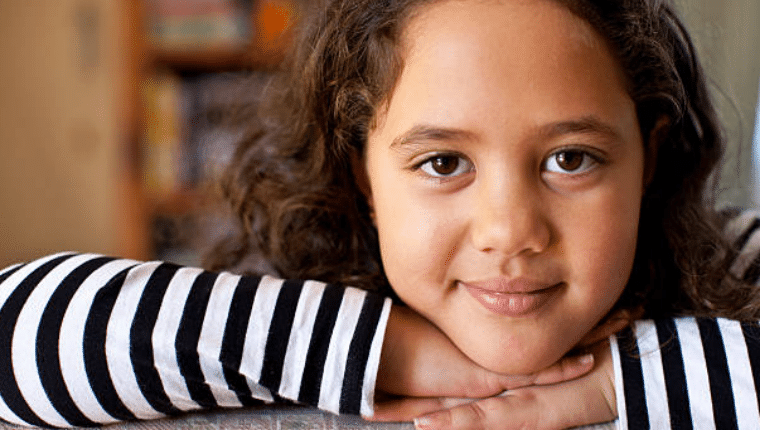When you think of your commitment to ensuring your teaching practice and implementation of curriculum in Early Childhood Education reflects our unique bicultural background, what comes to mind?
All too often I hear statements like “We sing some waiata in Te Reo Māori” or “We always say Karakia before kai” and of course “We have a few phrases that we use consistently in Te Reo Māori with the children”. To be able to really incorporate a bicultural curriculum into all aspects of teaching and learning for children, you need to go much deeper. You need to have a deeper understanding, a deeper knowledge and a deeper commitment to honouring Te Tiriti o Waitangi.
I believe the biggest barrier to this deeper incorporation of a bicultural curriculum are attitudes. Quite simply, the lack of knowledge and understanding has resulted in a blazae or even negative attitude towards the importance of ensuring New Zealand’s bicultural nature is reflected in the teaching of our children. We’ve all worked with teachers who make these statements, (or even possibly made them ourselves at some point) statements which reflect not a commitment to honouring Te Tiriti, but a perpetuation of the deeply engrained attitudes that have come about due to the assimilation policies of the 19th century which have resulted in the loss of Māori culture, identity and language.
Statements like “We treat all children equally, they have the same access to resources”, “We celebrate our Māori children by having a kapa haka group and someone coming in once a week to take this with the children who want to”, “I don’t know much about Māori culture, so I leave that up to the other teachers” or the worst one I’ve heard “We don’t have any Māori children at our centre so why do we need to learn about it”? These statements are simply missing the point! The important point that our country has a responsibility and commitment to honouring both partners in Te Tiriti o Waitangi and through the education of our children, continuing to strive to make this an equal partnership. Not one that has a more dominant, more powerful side.
Integrating Kaupapa Māori into a classroom or centre assists to validate the cultural roots and identity of Māori learners. It also fosters understanding of cultural and national identity for all learners. Integrating Kaupapa Māori is a powerful means of learning, through the exploration and transfer of Māori knowledge, processes and practices, while simultaneously encouraging a better understanding of the unique nature of this country and its indigenous people. All children have the right to grow up proud of where they come from and to understand and accept each other’s similarities and differences. This means that teachers need to be committed to growing their knowledge, to forming a better understanding of Māori culture and realising that they are not experts in this and will need assistance in doing so.
Teachers must be dedicated to have a deeper understanding of the important values and beliefs that Māori hold in all aspects of their lives and particularly in relation to learning. Having this deep understanding will allow teachers to implement a curriculu m which enables every child to thrive and reach their full potential, whatever that may look like.
Relationships are hugely important to Māori and so forming respectful, welcoming relationships with whānau and their children is your first step to better understanding how you can implement a deeper bicultural curriculum. Ask for their knowledge, their values, their aspirations, what is important to them and really show that you care about this. There has been the identification of a “whanaungatanga approach” as a model for involving whānau Māori (Mäori extended families) within early childhood centres.
Whanaungatanga refers to kinship relationships, which are based on validation of whānau, or Māori extended families. The concept of a whanaungatanga approach recognises the centrality of whānau and relationships to Māori early childhood care and education. Adopting a whanaungatanga approach is dependent on Pākehā educators facilitating positive relationships with whānau Māori, which encourage their participation within the educational programme of that early childhood service.
The Early Childhood Education Community can be viewed as progressive in its dedication to honouring the rights of the tangata whenua of New Zealand and ensuring this is reflected in the curriculum teaching of children. Viewed in the global context, Te Whāriki (The Early Childhood Curriculum) is ground breaking in its recognition of the indigenous people of New Zealand and its validation of Māori knowledges and cultures alongside those of the Western paradigm. Te Whāriki provides a way forward for the early childhood community of Aotearoa to transform its practice in enactment of an ethical stance, one that honours the languages and cultures of the tangata whenua, the original people of this land.
Recognising children’s rights to their identities as cultural beings, located in the cultural world of their Indigenous community, is a key concern of educators committed to Tiriti-based Early Childhood Education. Teachers need to focus on these aspects of Māori culture so that they can be incorporated into the everyday programme:
- Aroha, which can be defined as the commitment of people related though common ancestry; loyalty; respect; obligation; an inbuilt support system; stability; self-sufficiency; and spiritual protection
- Contemporary Mäori constructions of whänau, such as those found in Kōhanga Reo and Kura Kaupapa, although not necessarily kinship-based, retain traditional values
- Manaakitanga (sharing and caring)
- Whakaiti (humility)
- Tuakana/teina (older children caring for younger)
So, have a look at your centres, yourselves and your team members. Do you simply ‘skim the surface’ of a bicultural curriculum, incorporating some basic tokenistic gestures of waiata, legends and dress ups? Start thinking about how you can actually go deeper and incorporate all aspects of Māori tikanga, values and beliefs into your way of teaching.
Interested in learning more about this topic? Check out our course – Implementing a Bi-Cultural Curriculum in ECE – via the Online Learning Hub.


